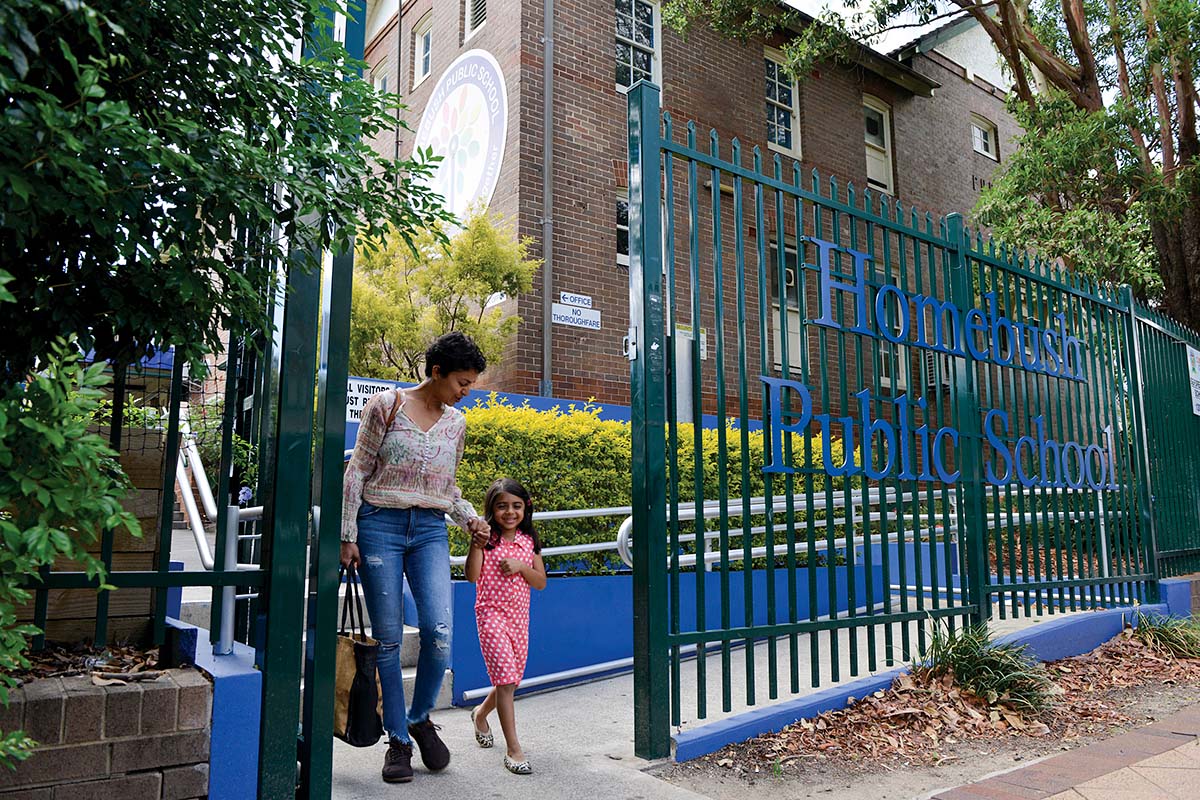Chapter 3 of the State Environmental Planning Policy (Transport and Infrastructure) 2021 – also known as the Transport and Infrastructure State Environment Planning Policy (SEPP) – makes it easier to build and improve educational facilities across NSW. This includes early childhood education and care facilities, schools, TAFEs and universities.
Changes to speed up the delivery of essential school infrastructure
The NSW Government has amended the Transport and Infrastructure SEPP to help speed up the delivery of essential education infrastructure. Changes include:
- permissible heights for new public schools (including preschools) and existing public schools
- expanding complying development for non-government schools.
The Department of Education will still be required to do an environmental assessment and carry out community and stakeholder engagement for all new school development. Projects can only go ahead if environmental impacts are acceptable or can be mitigated.
Determinations and the supporting assessment materials will be available on the NSW Planning Portal.
Read the Changes to speed up the delivery of essential school infrastructure - frequently asked questions (PDF, 106 KB) for information on the Transport and Infrastructure SEPP changes.
Early childhood education and care facilities
The planning rules for early childhood education and care facilities:
- align the NSW planning system with the National Quality Framework for Early Childhood Education and Care Facilities
- allow certain child care facilities to be provided without the need for a development application, as long as they comply with strict rules
- allow child care centres to be relocated temporarily in an emergency, through an exempt development process.
In April 2024, we changed the policy to help deliver on the NSW Government’s commitment to fast-tracking the delivery of 100 preschools co-located with public primary schools by 2027.
The changes allow existing buildings on primary school sites to be used as preschools for up to 50 children, without the need for a development application.
The policy updates also allow for development of new buildings or existing buildings to be used as preschools for more than 50 children under complying development provisions, with traffic impacts to be managed using certification from a local roads authority.
Child care planning guideline
Our child care planning guideline helps child care providers, developers and councils deliver new, high-quality early childhood education and care facilities. It includes national and state planning controls, as well as best-practice design guidance.
Schools
Under the current planning rules, schools can easily improve and expand their facilities. Schools can upgrade sports fields, build libraries and offer before- and after-school care.
Public and non-government schools can use the exempt and complying development pathways to make minor changes to school buildings, play equipment and sporting fields. For more information read the Using complying development in schools fact sheet.
Development without consent for government schools
Under the Transport and Infrastructure SEPP, the Department of Education can build schools up to 4 storeys or maximum permissible height in the relevant environmental planning instrument (EPI) without development consent. This applies to new schools, as well as alterations and additions to existing and approved government schools.
The Department of Education is responsible for doing a review of environmental factors (REF) (PDF, 368 KB) and for consulting with councils and the community on new school development.
The REF examines the economic, environmental and social impacts of proposed school development. It helps the community, council and other government agencies to understand the projects and make informed submissions. This assessment may require detailed technical studies to identify the project’s impact so they can be minimised and/or managed.
Consulting with stakeholders
The level of consultation should reflect the project’s potential impacts, including impact on surrounding properties and the community, and community interest.
For more information, visit the Stakeholder and community participation plan for new health services facilities and schools (PDF, 442 KB) and Development without consent.
Expanded complying development opportunities for registered non-government schools
The NSW Government has expanded the range of developments that registered non-government schools can do under complying development. Registered non-government schools can use the exempt and complying development pathway to use existing on-site buildings for preschools, demolish non-heritage buildings and structures and build multi-storey car parks for students and staff. Any work that will significantly increase student numbers still require consent.
Design guide for schools
Chapter 3’s design quality principles ensure new schools are well-designed, appropriately located and meet the needs of the community, such as energy efficiency. These principles are supported by the Government Architect’s Design Guide for Schools (PDF, 7.0 MB).
Universities and TAFEs
TAFEs and universities can also change their facilities to meet the growing number of people seeking tertiary qualifications. They can make upgrades and improvements with consent, without consent and as exempt and complying development.
Resources
- Centre-based child care facilities and the development assessment process – Fact sheet (PDF, 107 KB)
- Child care planning guideline – Delivering quality child care for NSW
- Development without consent – NSW Planning Portal
- Guidelines for Division 5.1 assessments (PDF, 2.9 MB)
- Guidelines for Division 5.1 assessments – Consideration of environmental factors for health services facilities and schools (PDF, 369 KB)
- Design Guide for Schools (PDF, 7.0 MB)
- Guide to State Environmental Planning Policy (Transport and Infrastructure) 2021 (PDF, 344 KB)
- National Quality Framework and Service Approval – Fact sheet (PDF, 89 KB)
- Planning Circular – PS 21-037 – Guidance for centre-based child care facilities (PDF, 202 KB)
- Planning Circular – PS 21-038 – Regulating expansion of schools (PDF, 505 KB)
- Using Complying Development in Schools – Fact sheet (PDF, 111 KB)
- Development approval pathways for schools – Fact sheet (PDF, 132 KB)
- Stakeholder and community participation plan for new health services facilities and schools (PDF, 443 KB)
- The NSW Department of Education’s Stakeholder and Community Participation Plan 2024
